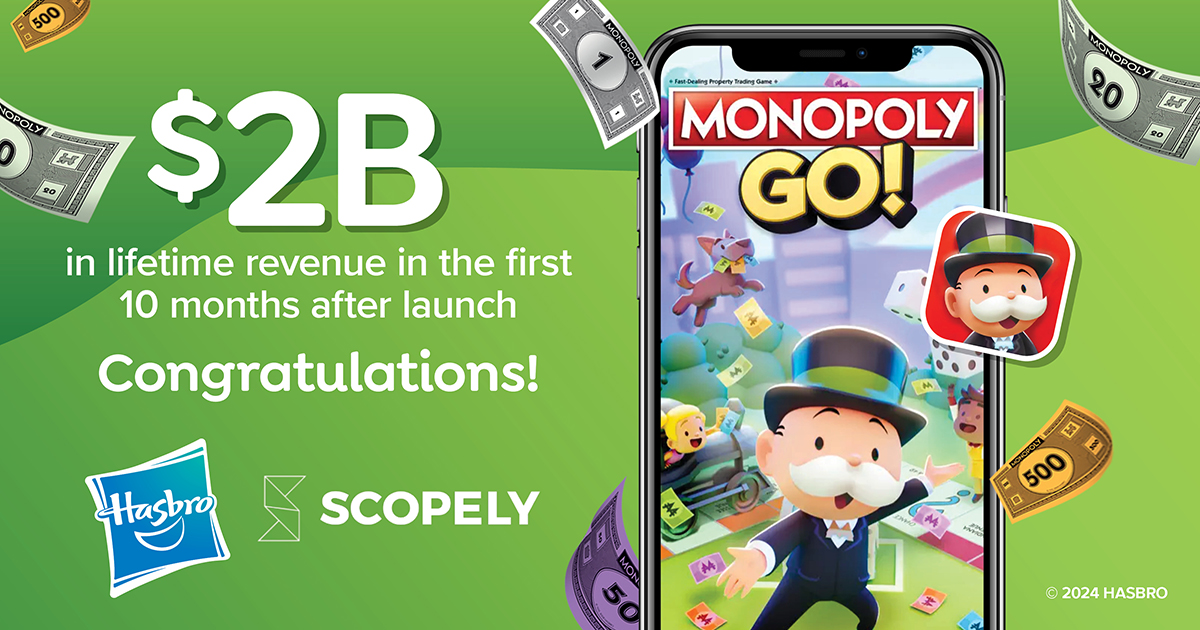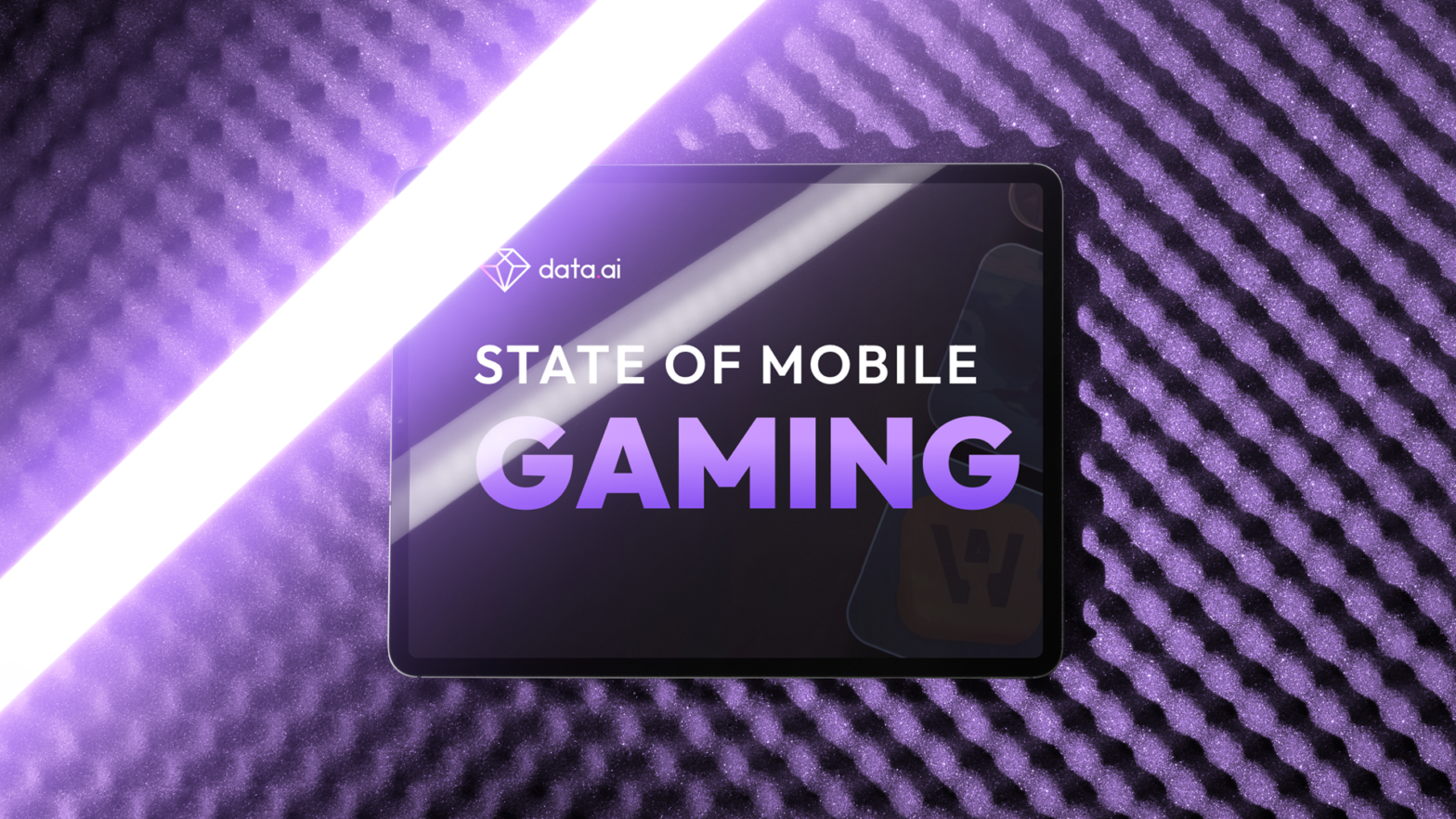Prototyping is a game’s foundation. It’s particularly critical in the development stage as it is how to validate your game’s potential before testing marketability.
A side note: Your Cheat Sheet for Successful Creatives By Sub-genre Games
Speed is the name of the game in hyper-casual, and that goes for the prototyping process too. Since this space is changing very rapidly, it’s important to not spend too much time building out your initial prototype — otherwise, you run the risk of working on a prototype that’s no longer trending, or a competitor beats you to it.
Below, Shai Sasson, CrazyLabs’ Head of Publishing, shares key hyper-casual prototyping tips to help ensure your prototypes are as successful as possible.
Tip #1 – Play Other Games to Get Inspired
Once you start developing a game concept or idea, I recommend first playing hyper-casual games on the top charts, researching portfolios of other publishers, and looking at recent prototypes released by different publishers to gain inspiration and see what’s working. This is a great way to get your creative juices flowing.
Tip #2 – Identity Trends to Reflect in Your Game
Invest time in looking for trends not only on social (e.g., Wednesday or Squid Game) but also trends in sub-genres, themes, mechanics, and controls. You can look for trends in channels like CrazyLabs’ monthly trend report*, top chart games, cultural events or publications, Data.ai, or Sensor Tower.
Once you’ve identified trends in all of these areas, you’ll have a higher chance of producing successful prototypes and strong KPIs by combining trending sub-genres, themes, and mechanics.


Tip #3 – Look for References
Look for references of preferably successful games to help focus your game efforts. I recommend selecting one reference for each of the following: sub-genre, controls, color palettes, camera views, and assets.
After you’ve conducted your research by playing other games and identifying your references, you’ll be best positioned to select your game’s core gameplay, controls, and unique twist to help it stand out. What’s most important here is that your core gameplay loop prototype is fun so that players come back again and again.
Pro tip: Create a high-level GDD (game design document), which should also include your references, when building your game. This will help create a clear map of what your game should look like and how it’s different from what’s out there today.
Tip #4 – Focus on The Core Gameplay
When building out your prototype, your number one priority is to focus entirely on the core gameplay — this is where you need to invest all of your time and resources. Don’t waste time on any of the below common mistakes:
- Building out the metagame
- Crafting a monetization strategy
Pro tip: Hyper-casual games cater to a wide audience and need to be understood by anyone. This is why you should put extra emphasis during game onboarding, and that it delivers the best experience possible.
Tip #5 Nail Your Store Front
Your game’s storefront is your chance to help convince the player to click ‘download’. Below are a few best practices to step up your storefront:
Game Name:
- Should be short and simple
- May contain the theme, trend, or sub-genre in the game name. To take this a step further, one of our best practices is to combine the theme with a sub-genre like Phone Case DIY
- Register your name on iOS and GP even during the prototype stage
Icon:
- Should be simple, clean, and clear even when small (it needs to be the size of an app icon that you’d see on a mobile device)
- Include a tool/action from the game in the icon
- Make sure it looks like a game and not an app
- Experiment with your icon in comparison to those on the top charts to review how it looks smaller in size

Screenshot:
- Include only highlights from the game
- Make sure to show some sort of progression in each screenshot
- Ensure that the screenshots are a continuation of the video ad so that the player understands they arrived at the right game


Description:
- Clearly highlight and list the key features of the game
- Use words with the characteristics and themes that users most want to see in the game
- The short and long description needs to be filled with at least 3–4 sentences in order to avoid appearing amateur (you can leverage ChatGPT to write the long description)
Prototyping is a fundamental element of your game’s development and is imperative to get right. These proven tactics will ensure your game doesn’t fly under the radar and resonates with your intended audience.

1,352





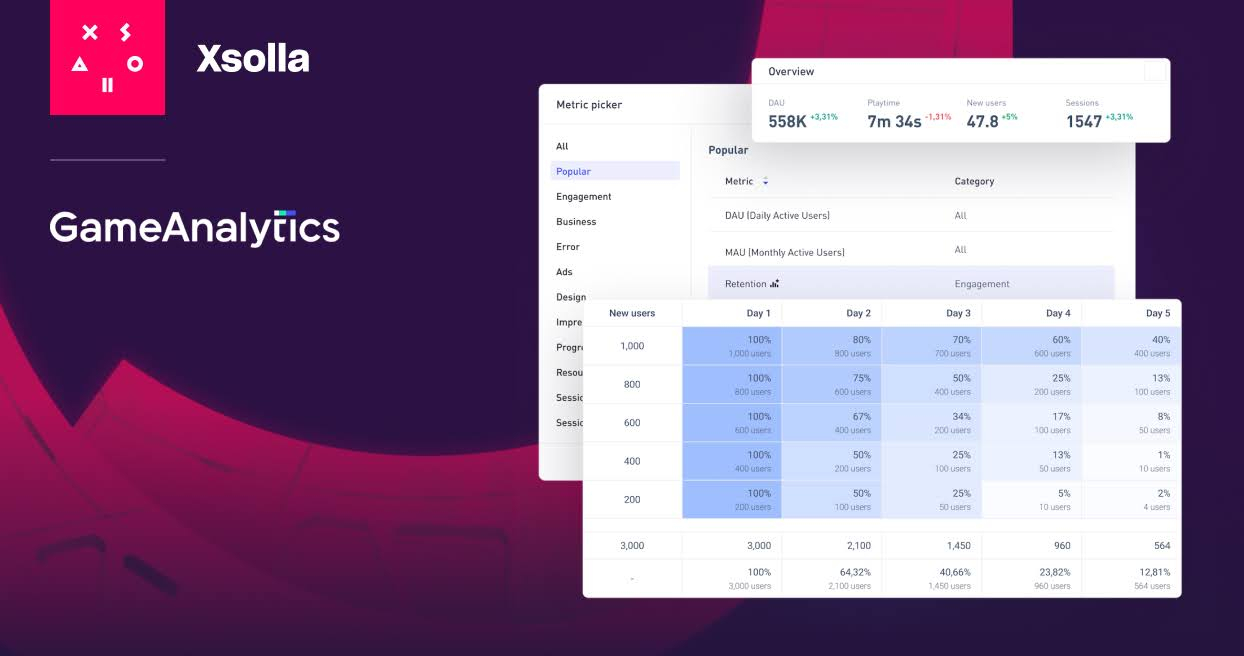

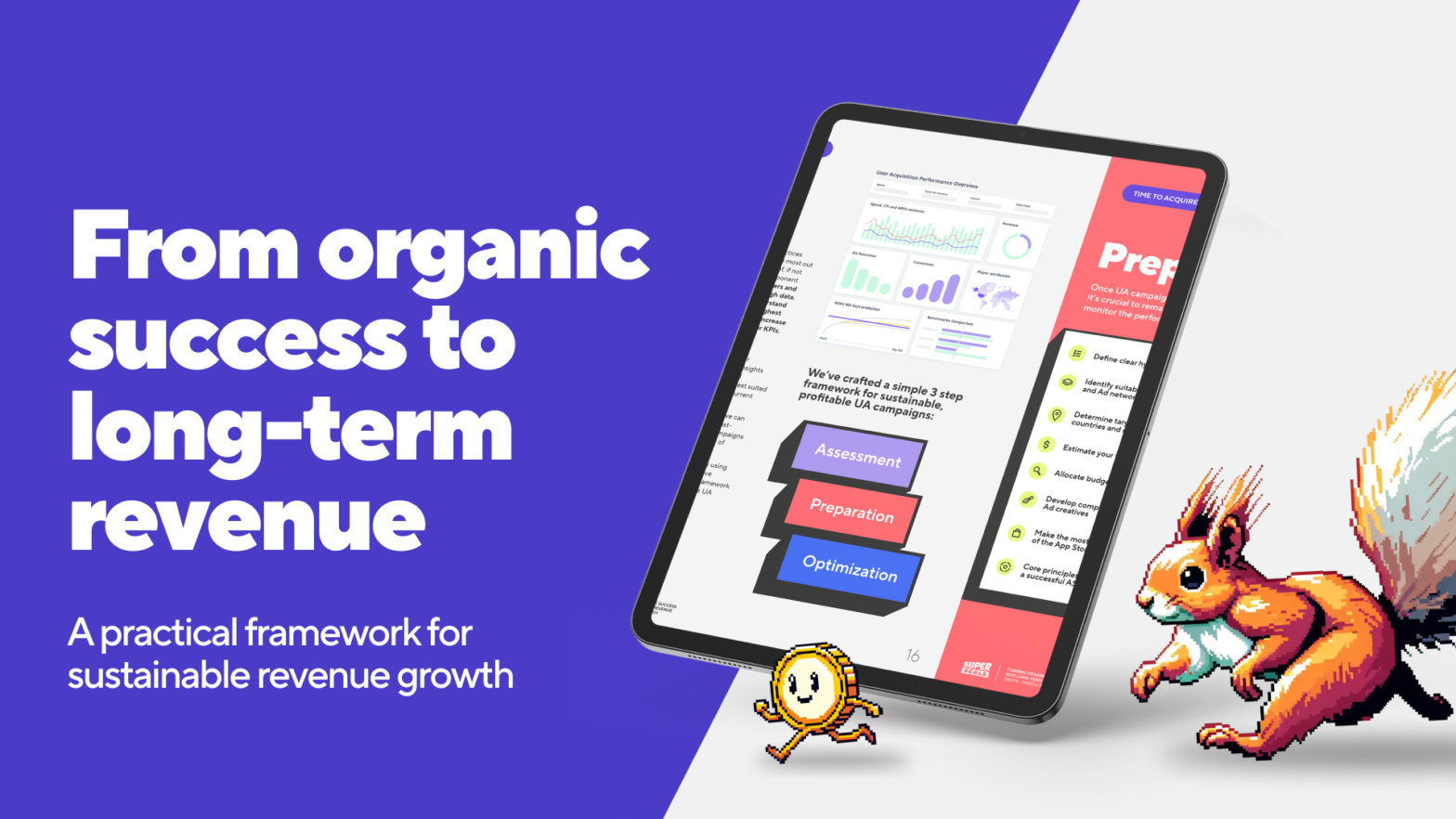
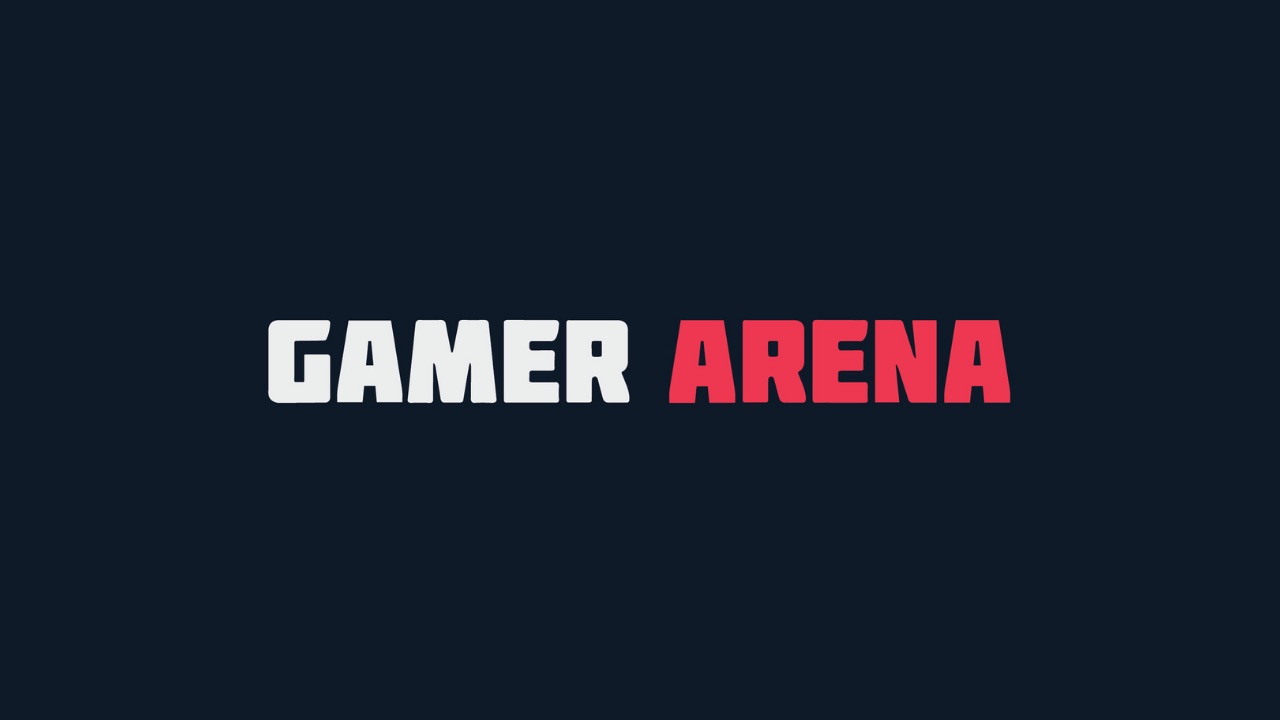

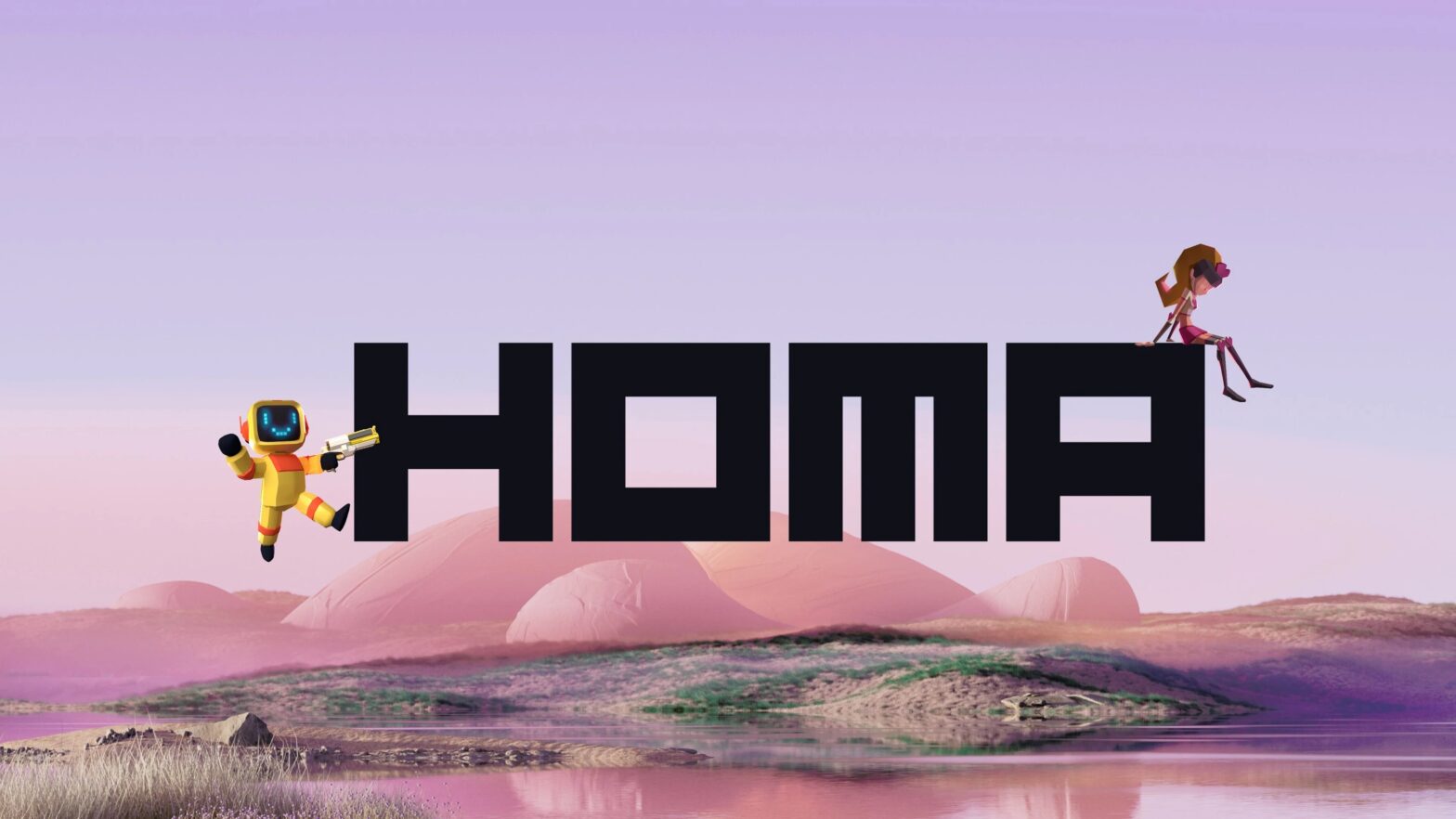

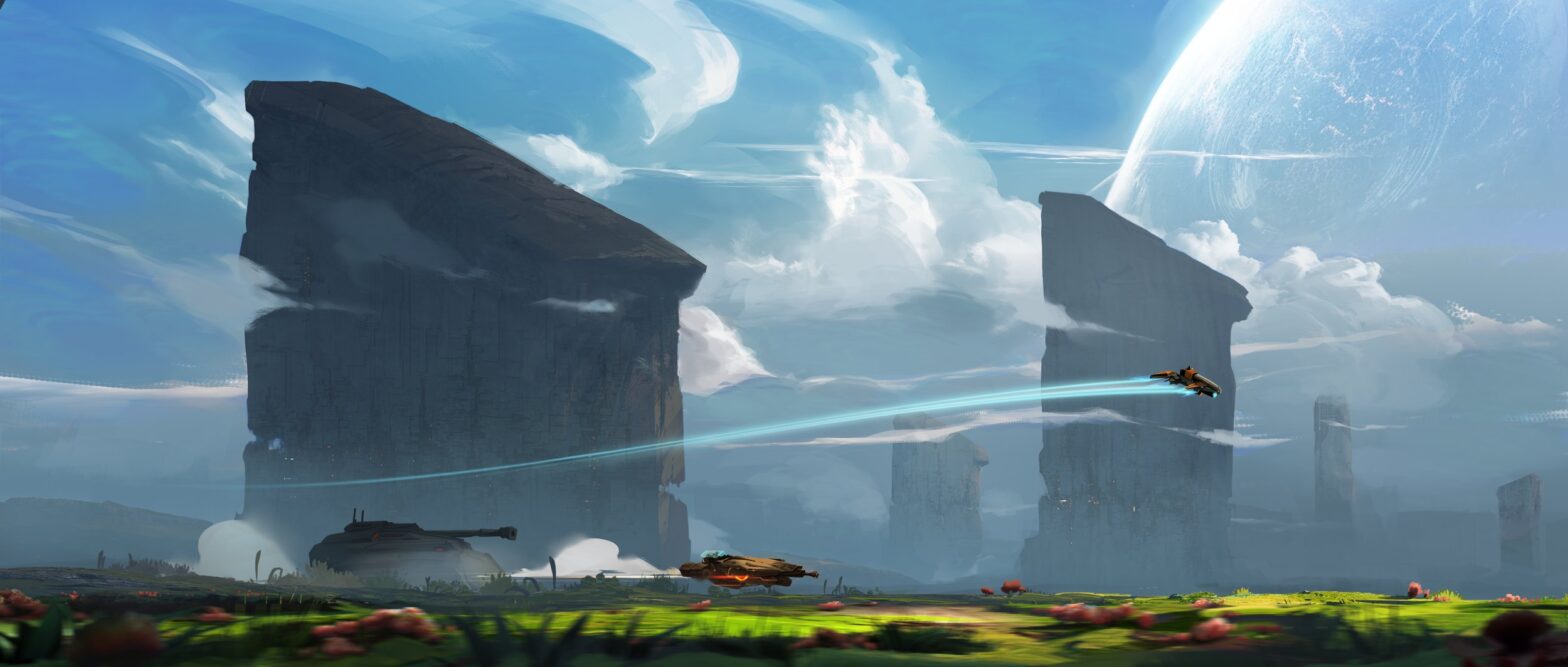
 6 minutes
6 minutes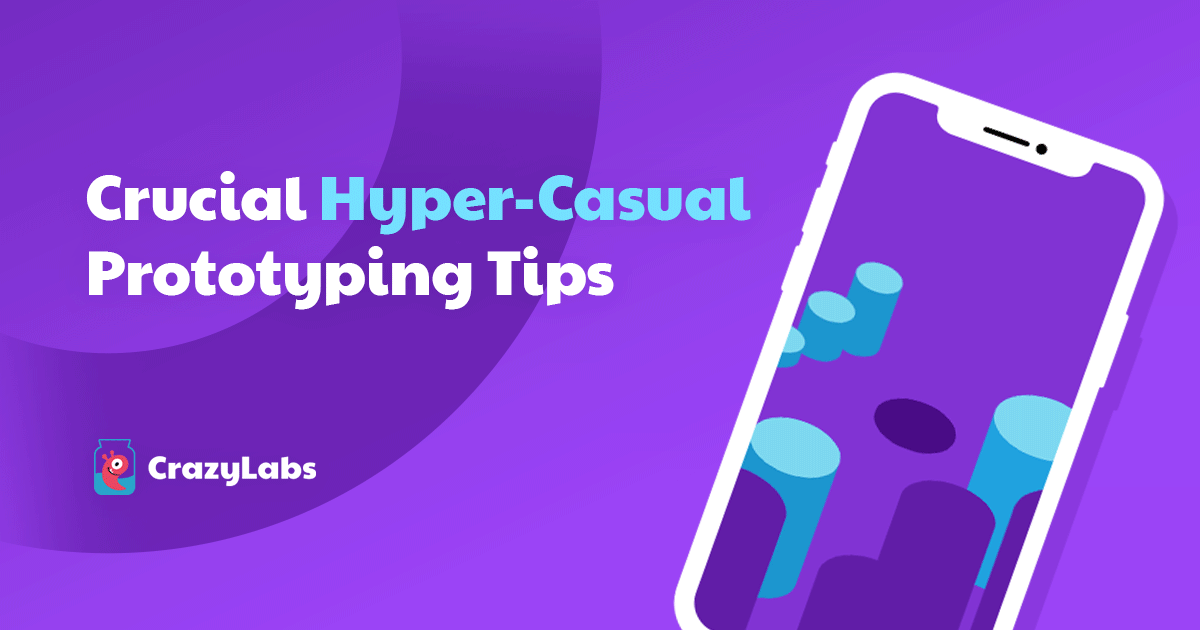







 2 minutes
2 minutes